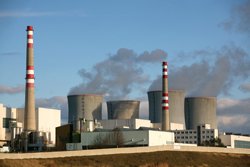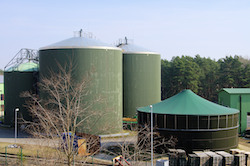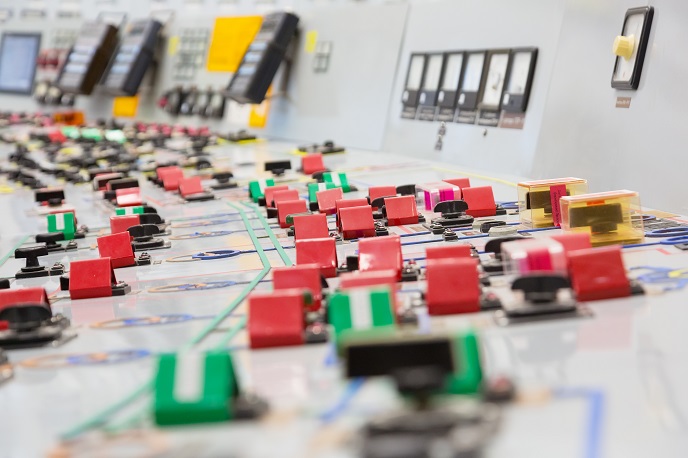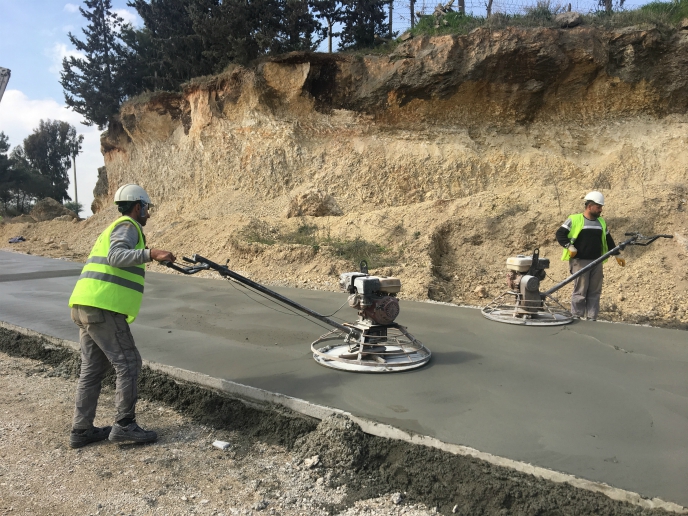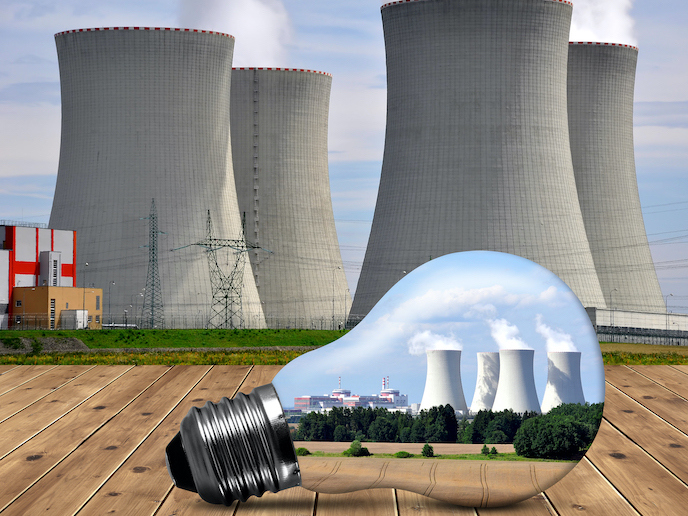Testing metals for nuclear reactors
The EU-funded 'Generation IV and transmutation materials project' (Getmat) was launched in early 2008 to research which alloys can withstand the likely conditions - i.e. high temperatures and capable of handling highly corrosive materials - in new-generation nuclear reactors. Getmat found that two alloys meet the required standards: 9-12 Cr (chromium) Ferritic Martensitic and oxide dispersion strengthened (ODS) steel. It set out five objectives: to improve the 9-12 Cr Ferritic Martensitic alloy; to develop ODS alloys; to research joining and welding procedures; to develop and define corrosion protection barriers; and to improve the modelling of alloys. The structure of the research and development part of the project falls under four headings: alloy availability, weldability, and finding out the mechanical properties of alloys; alloy compatibility with aggressive coolants (such as sodium); performance under neutron irradiation; and a deeper understanding of how the alloys will react using other model alloys. The process of validating these model alloys has already begun. After realising that making the ODS steels through a process of casting would be time-consuming and not fit into the Getmat project timeframe, the project coordinators decided to procure the 12Cr ODS steel from the Kobelco firm in Japan. Numerous tests of the alloys have been carried out, including high temperature mechanical tests, different welding techniques, and corrosion tests using gas, heavy liquid metal and super critical water (water at a temperature and pressure that is above its critical point). During the tests, it was found that, when a corrosion protection barrier was produced using high-velocity oxygen fuel spray and laser treatment, it would warrant further investigation if it was to be used for a nuclear reactor. The EUR 14 million project also aims to improve European competitiveness in the field of metal research. It will run until 2013.



